| Structure | Name/CAS No. | Articles |
|---|---|---|
 |
sodium carbonate
CAS:497-19-8 |
|
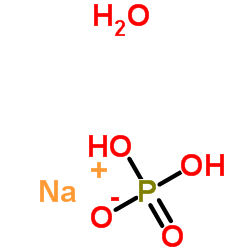 |
Sodium phosphate monobasic monohydrate
CAS:10049-21-5 |
|
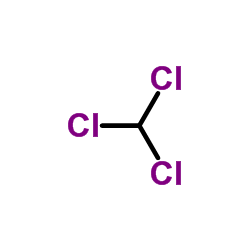 |
Chloroform
CAS:67-66-3 |
|
 |
Ethanol
CAS:64-17-5 |
|
 |
N-hexane
CAS:110-54-3 |
|
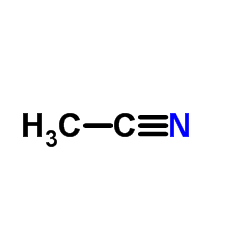 |
Acetonitrile
CAS:75-05-8 |
|
 |
Methanol
CAS:67-56-1 |
|
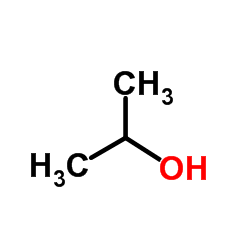 |
Isopropanol
CAS:67-63-0 |
|
 |
Disodium hydrogenorthophosphate
CAS:7558-79-4 |
|
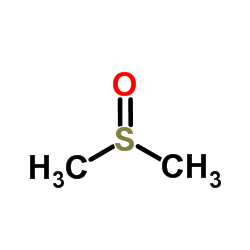 |
Dimethyl sulfoxide
CAS:67-68-5 |